Ballistics Investigation Activity

Ballistics is the study of projectile motion and a critical area of investigation in forensic study. When a projectile is fired from a rifle or handgun, it travels at a specific velocity. A projectile in motion can be described by both horizontal and vertical motions. The motion in two directions is represented mathematically as a […]
Genetic Witness

It’s not your parents’ biology High school biology can no longer consist merely of traditional lecturing, dissecting frogs, viewing prepared slides, or reducing scientific learning to simple rote memorization. Finding the angle that intrigues even the most uninterested student is the key to successful instruction and comprehension of biological concepts. We all possess an element […]
Forensic Toxicology: The Dose Makes the Poison

Forensic toxicology is the analysis of biological samples for the presence of drugs, chemicals, or other toxins. Forensic toxicologists look specifically at substances that may cause death, impairment of human performance, or enhancement of human performance. They also look at how the presence of certain substances can affect compliance with workplace policies or federal and […]
Forensic Hair Analysis Activity
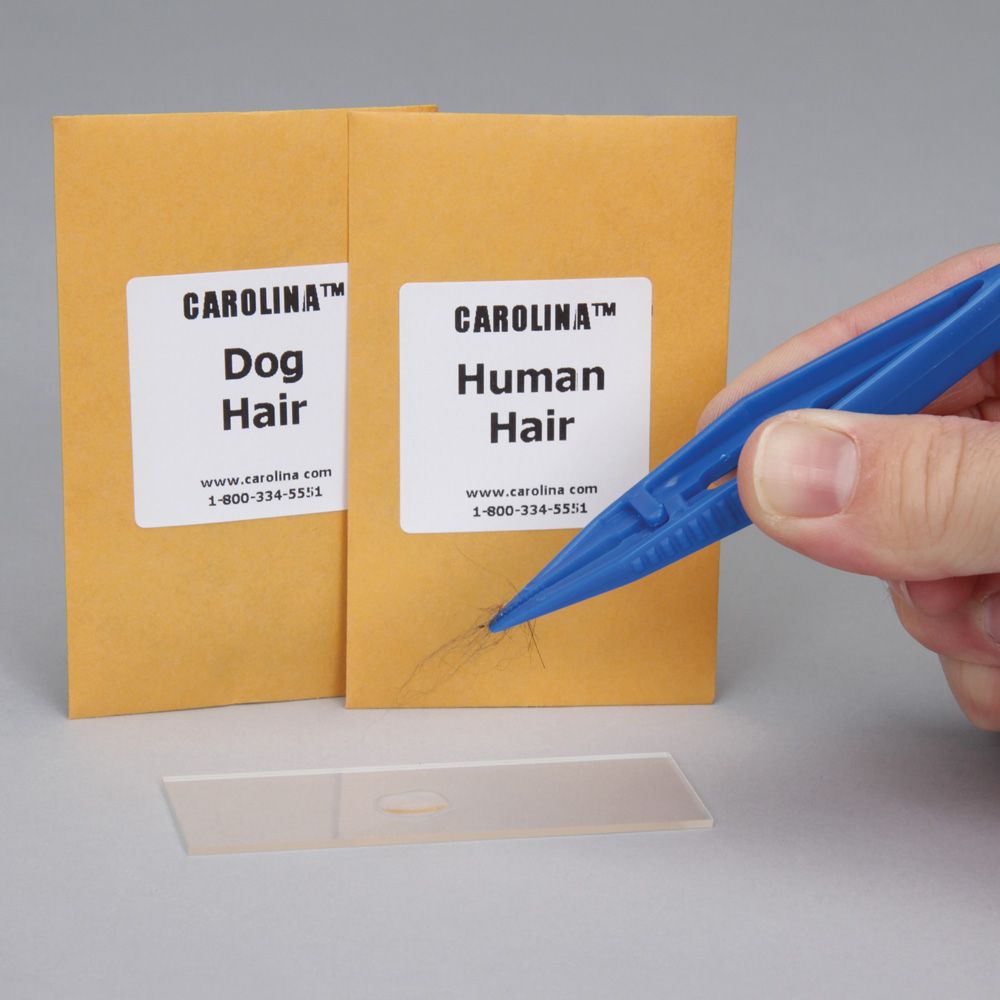
Life was long gone from the cold, bloody corpse when the crime scene investigators arrived. The seasoned team soon confirmed the death was a murder, but no footprints, no fingerprints, no weapons were found–a few strands of hair caught in the dead woman’s broken fingernails were the only evidence the killer left behind. Who’s the […]
Collect and Analyze Evidence Like the Pros
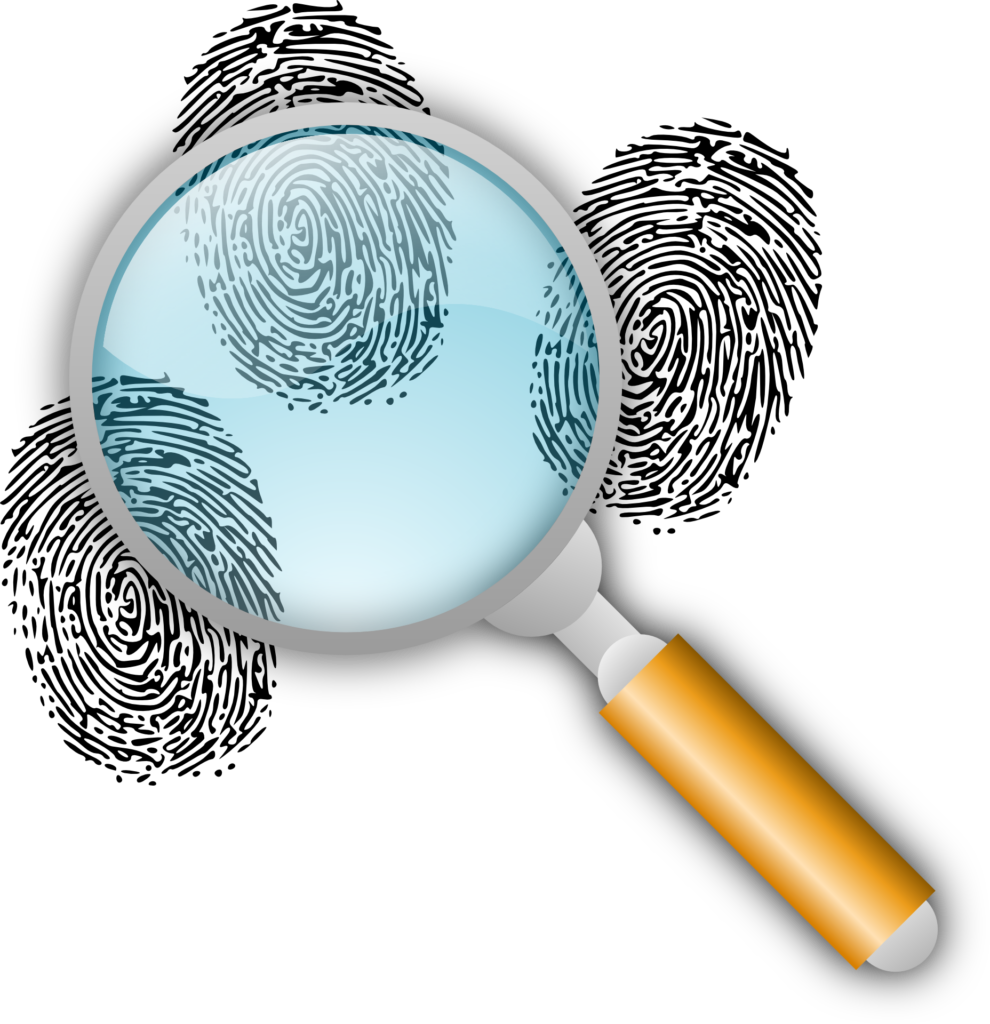
Abstract Thinking about incorporating forensic science into your classroom? Expose your students to the fascinating world of forensics by using real-world techniques practiced by law enforcement agencies. Keep your students captivated by analyzing and documenting evidence to recreate a crime scene. Download Presentation Download the Handouts Shop Forensics
Blood Evidence Activities
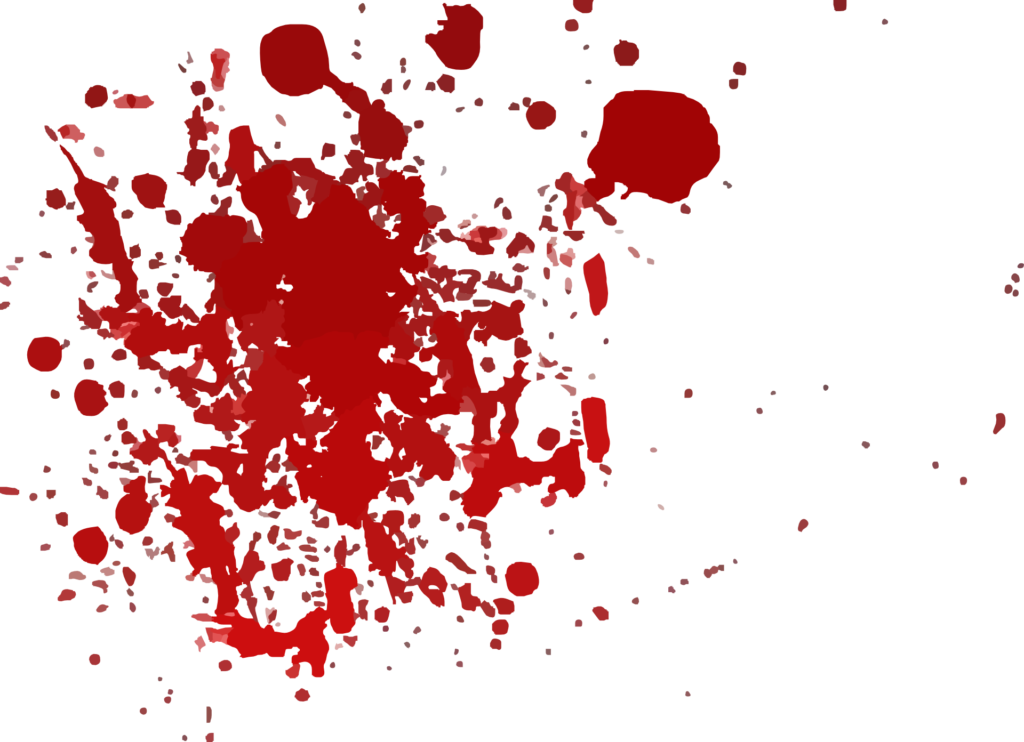
Blood evidence can be analyzed as either biological or physical evidence, making it a powerful specimen for teaching forensics across multiple disciplines. Using biology concepts, investigators can use blood to identify individuals by blood type and DNA. When a suspected sample of blood is discovered at a crime scene, real world applications of chemistry such […]
Development of Latent Fingerprints with Silver Nitrate
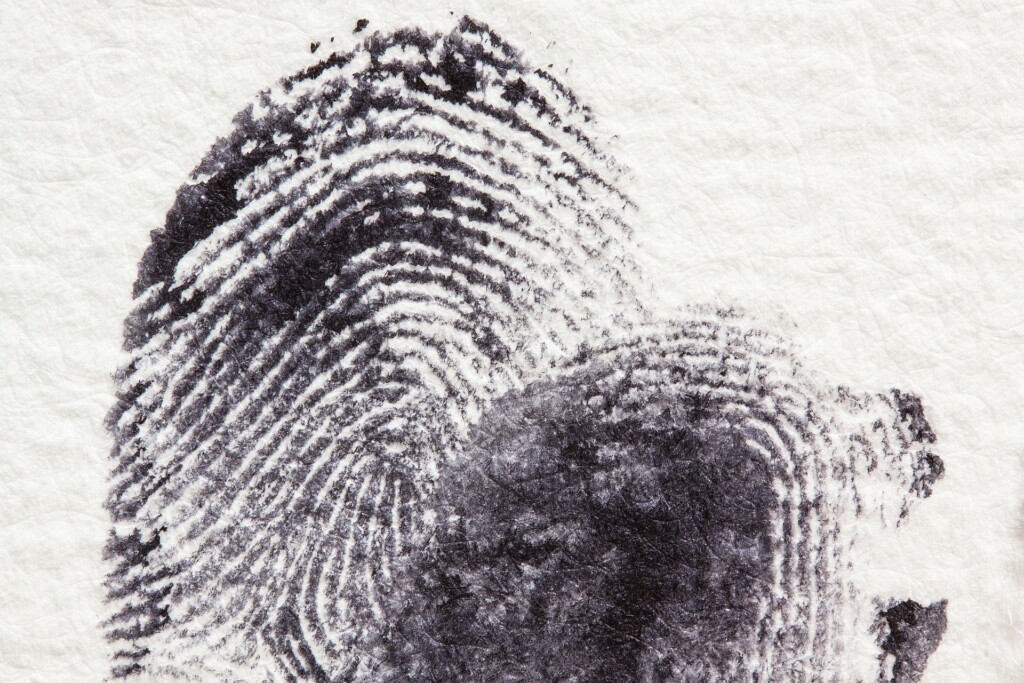
Background Three types of fingerprints can be found at a crime scene–plastic, visible, and latent. Plastic impressions are fingerprints left in soft materials such as butter, soap, and putty. Visible prints are prints made when fingers are covered in a substance like blood, dirt, or paint, which leaves a mark on a surface. Latent prints are not visible to the human […]
Explore Carolina Digital Kits

Carolina kits have gone digital! When you purchase a kit, you will receive access to valuable digital resources on Carolina Science Online. Just create or sign in to your teacher account and redeem the access code sent via email. Most of our kits now come with a digital version of the Teacher’s Manual, which includes these […]
Activities with UV Beads
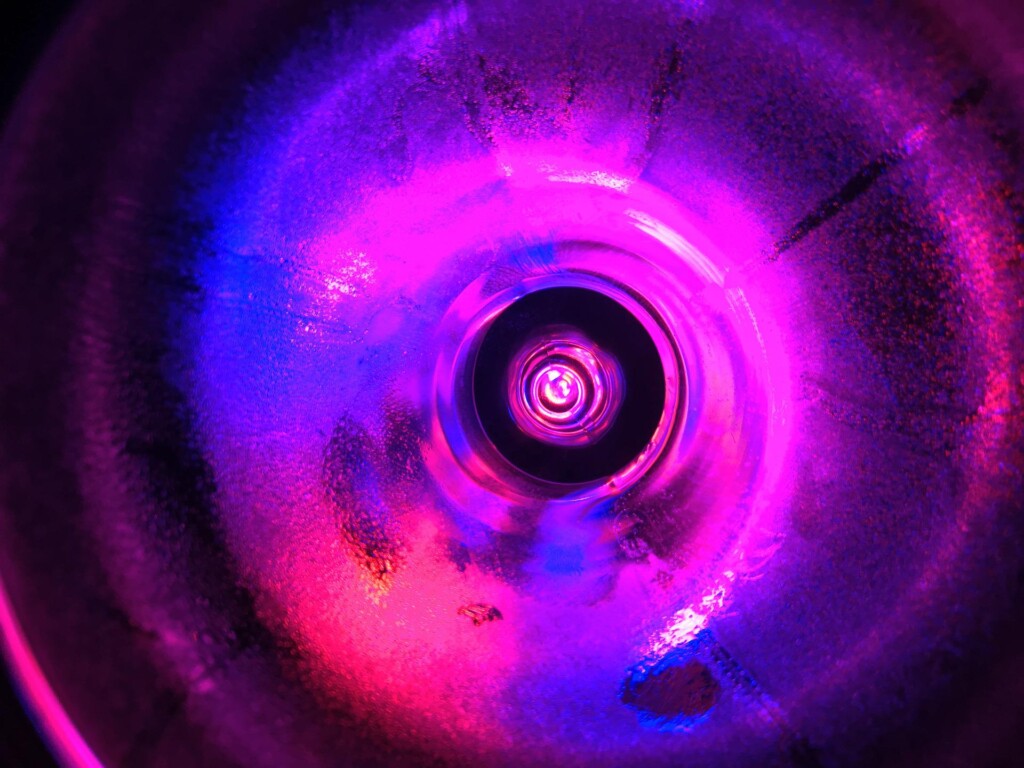
Ultraviolet-sensitive beads change color when exposed to ultraviolet (UV) light. Students can use these beads to perform inquiry-based experiments to determine if a light source emits UV light or if different materials are able to block it. Students can also use the beads to track their sun exposure. Background UV light is a type of […]
